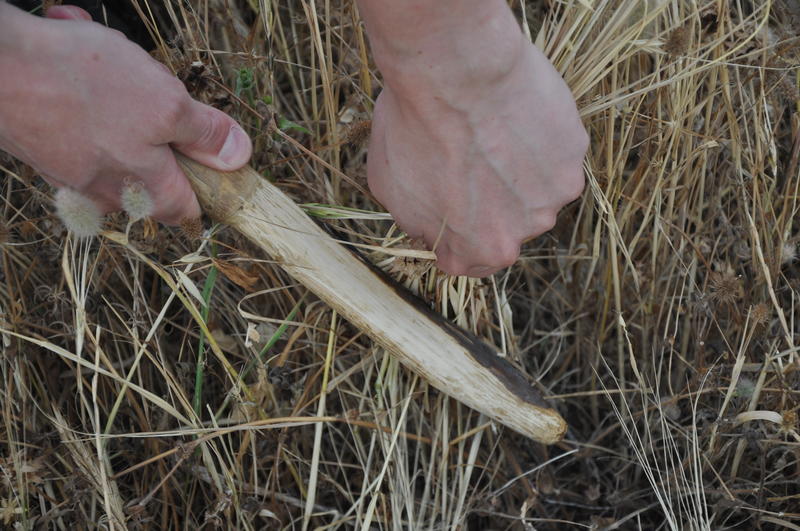New research published this week and led by Dr Alex Weide suggests that the world’s first villages relied on rich and productive grasslands instead of cultivated grains
The oldest settled human communities developed in southwest Asia during the beginning of the Early Neolithic, between ca. 11,500–10,000 years ago. During this time, more permanent architecture in the form of round and sub-rectangular houses appeared, indicating that people lived in one place for much longer than during the late Ice Age. These early settled communities based their diet on wild plants, including the progenitors of today’s domesticated cereals: einkorn wheat, emmer wheat and barley. Archaeologists commonly assume that these cereals were already cultivated by the earliest settled communities, implying that early village life was based on farming and the creation of a new habitats: arable fields.
New archaeobotanical research shows, however, that the wild cereals recovered from early sedentary settlements were not cultivated in arable fields but harvested from local grasslands. A team of archaeologists and botanists from the United Kingdom and Israel conducted vegetation surveys in wild cereal habitats between the northern Negev and the Galilee (Israel), where they investigated how the composition of weed species in grasslands differs from that in arable fields. Based on these survey data they constructed a new ecological model that differentiates between unmanaged wild cereal habitats and tilled arable fields.
Applying this ecological model to archaeobotanical data from some of the oldest villages in what is today Palestine and Syria revealed that the wild cereals consumed by the early sedentary communities were harvested from untilled habitats and not arable fields. This means that the oldest villages relied on the exploitation of grasslands that supported rich wild cereal populations, and that the cultivation of cereals in tilled arable fields developed much later than previously thought. Based on the available data, the exploitation of untilled grasslands would have supported early sedentary communities for more than 1,000 years.
These surprising results question what archaeologists thought about the initial development of village life and its economic basis. This process was long modelled as a series of innovations, where the creation of new anthropogenic habitats like arable fields played a central role in explaining how humans could settle in one place and stay there for centuries. The absence of any ecological indicators for soil tillage and the creation of arable fields implies, however, that these communities based their food exploitation on rich and productive grasslands.
In light of these results, we must reconsider how we think about the origins of agricultural societies from an ecological perspective and re-imagine arable fields as an imitation of grassland ecosystems in which humans and cereals coexisted for millennia, rather than a purely human innovation. We see that the origins of agriculture are a story of ecological collaboration and the co-evolution of humans and plants – and in southwest Asia this collaboration was born in grasslands.
“This is a huge step for gaining a better understanding of agricultural origins, as we can now model human management practices and their ecological impacts in much greater detail than before. Previously, we could only guess when key agricultural practices like soil tillage developed but now we have a tool that lets us directly analyse the effects of tillage in prehistory and with this its origins and development.” [Alexander Weide]
Read the paper here: https://www.nature.com/articles/s41477-022-01161-7

Experimental harvesting of wild cereals with a Neolithic sickle replica. Photo: M. Ergun, 2022.